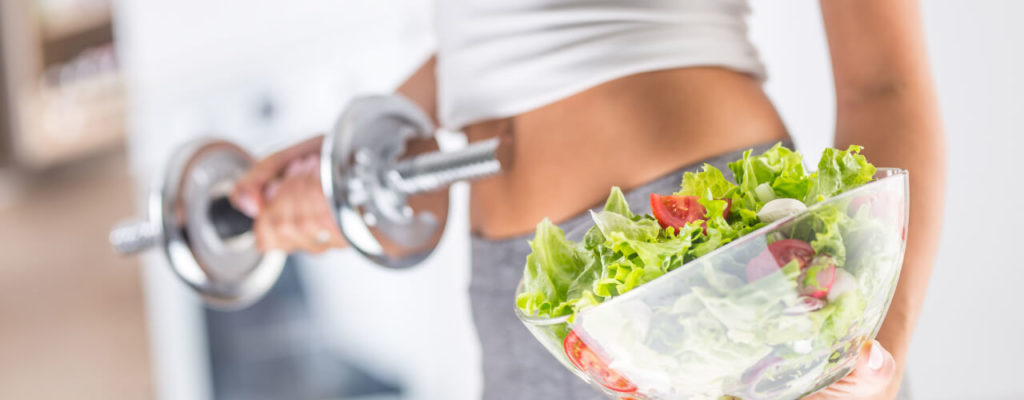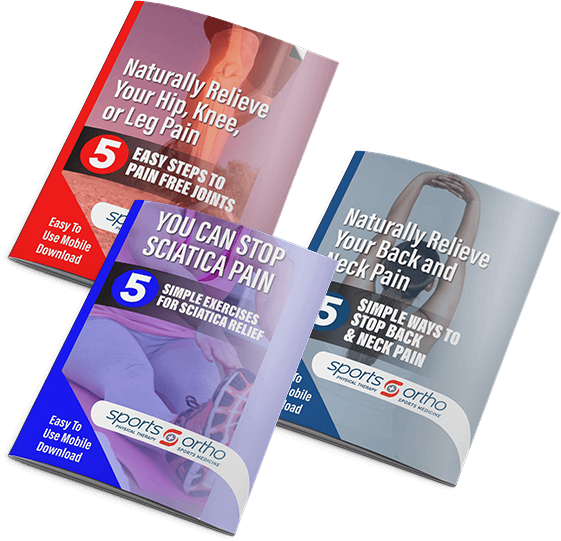Did You Know a Nutritious Diet Could Help You Reach Your Physical Goals?
Nutrition strongly affects your physical performance, whether you’re a dedicated athlete, weekend warrior, or just trying to get out and exercise more.
Your body does a lot throughout the day, and the food you supply it with helps it to function properly, whether you’re hitting the gym or simply performing your daily tasks.
Lifestyle changes can help tremendously when trying to reach your physical goals. But what kinds of lifestyle changes should you pursue? In addition to regular exercise, including the types of targeted exercises you might receive in physical therapy, you should examine your sleep, your workplace ergonomics – and your nutrition.
The more demanding you are on your body, the more attention you’ll have to take on what you are fueling it with. If you are looking to improve your physical performance, a nutritious diet is a great first step.
Our physical therapist typically recommends dietary changes alongside exercises and other natural techniques as part of a holistic physical therapy program.
The importance of nutrients in a diet
Think of your body as if it were a motor vehicle – gas is the primary life source for a car, and it won’t be able to function without it. However, cars also need the necessary oils, fuels, electricity, etc., in order to run the way they’re supposed to.
Much like your car, your body needs a consistent mix of proper nutrients in order to function at its peak performance. There are two primary categories for nutrients: micronutrients and macronutrients.
- Micronutrients: Micronutrients consist of vitamins and minerals. Some micronutrients – such as a sodium/potassium pairing or calcium/magnesium pairing – help with regulating the actions of each other. Other micronutrients are only beneficial to your body in trace amounts, such as chromium, copper, and selenium. Most athletes will flock straight to B-complex vitamins as they help to increase energy; however, it is important to also fuel yourself with a healthy mix of A, C, E, and K vitamins in order to keep your body functioning the way you want it to.
- Macronutrients: Macronutrients consist of carbohydrates, proteins, fats, fiber, and water. The first three of those macronutrients assist your body in creating energy. Carbs are used first, since they are the ones that burn the quickest, and are therefore helpful for short-burst activities or endurance training. Your body uses proteins second. Proteins contain 20 essential amino acids, referred to as the “building blocks of muscle.” They help in strengthening your most important muscle – your heart. Finally, fats are used last. Your body stores them as a reserve fuel supply. However, they also serve a lot of important duties in the body, such as managing inflammation, producing hormones, lubricating joints, and promoting strong brain health.
Physical therapy and a nutritious diet
If your nutrients aren’t properly balanced, your physical function can be impaired. For example, neglecting to eat carbs before an endurance event will cause your body to burn fat as a substitute for fueling your energy.
Your body may even start burning protein, which can deprive your muscles of the strength they normally have. Comparatively, if you have an overload of calcium intakes, but you’re lacking Vitamin D, the calcium won’t make its way to your bones or tissues.
Consulting with a physical therapist can help you understand how much you should be ingesting of each nutrient, and when more or fewer intakes of a certain nutrient may be beneficial.
A healthy balance of nutrients can help enhance healing, function, and overall comfort. For example, omega-3 fatty acids and Vitamin C both help in reducing inflammation, which promotes faster healing.
Certain amino acids can also aid your body in synthesizing proteins. Eating the right amount of carbohydrates at the right times can help give you the energy you need to improve your physical performance.
Living with pain? Nutrition can help with that, too!
While changing your diet is a good start, it may not be enough to eliminate ongoing inflammation and pain. Physical therapy may be able to help reduce or even eliminate the pain you’re experiencing.
There are several methods a physical therapist may use. A few techniques could include manual therapies, dry needling, or even ultrasound treatments.
More basic methods might include using heat or ice therapy. A physical therapist may even give you stretching and motion exercises you can do at home.
Want more help? We’ve got you covered
Our trained physical therapists can help assist you in how to properly fuel your body with the nutritious diet you need to train for an event or compete in a physical obstacle.
Call us today to schedule a consultation and get started on your holistic plan toward peak physical performance!
Tags: physical therapy, physical therapist, physical fitness, health, fitness, health and wellness, Sports and Ortho Physical Therapy, nutrition, workout, physical activity, Cardio Workouts, Physical Health, healthy tips, diet, Healthy Diet




